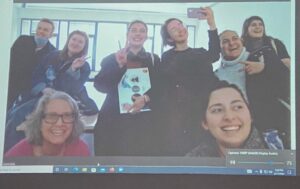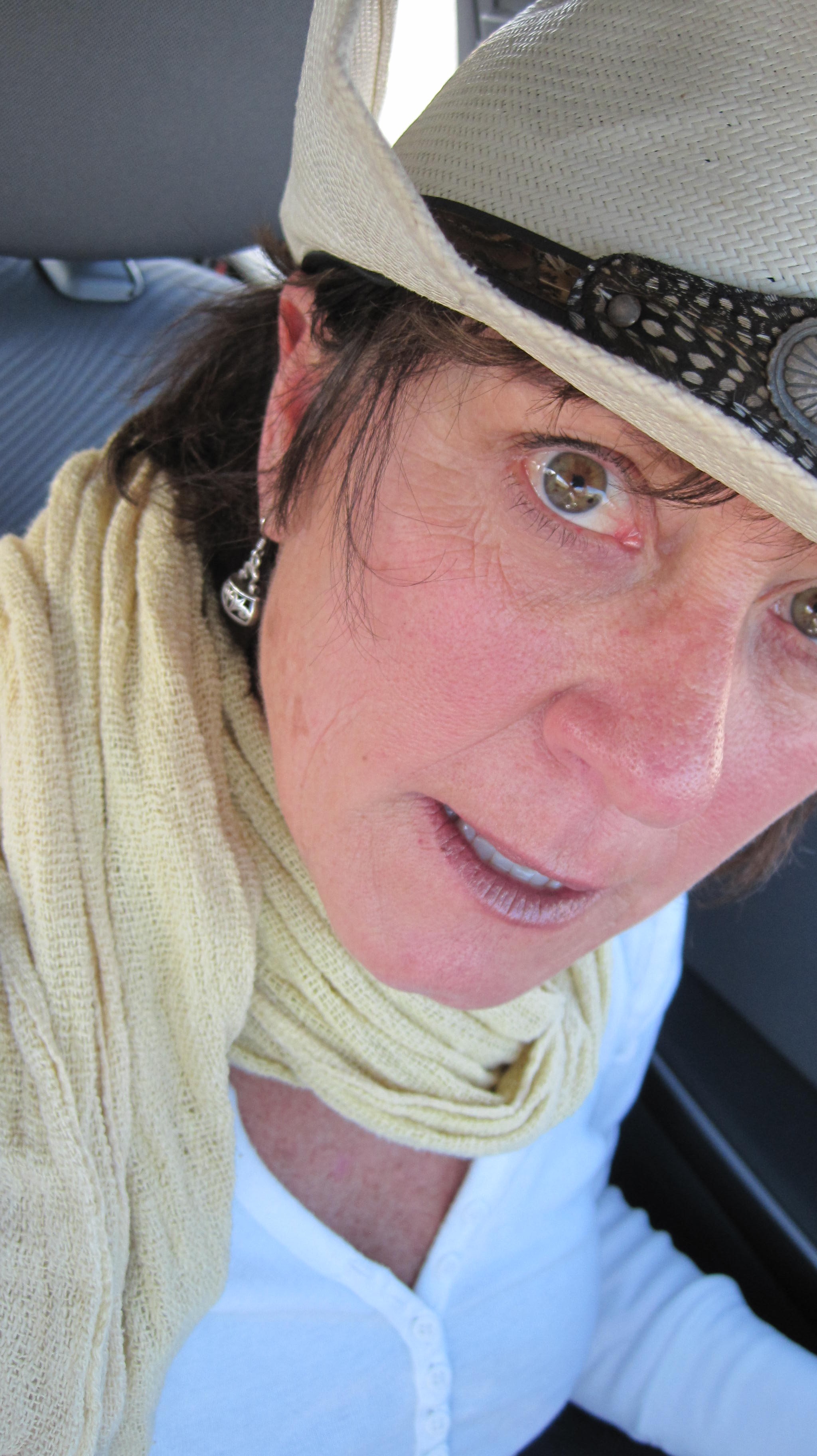 It was about a week ago, a late Thursday afternoon. Outside the classroom windows, golden hour saturated the light with amber.
It was about a week ago, a late Thursday afternoon. Outside the classroom windows, golden hour saturated the light with amber.
My advanced writing class had just concluded. Seven students Zooming in through laptops vanished from the checkerboard of faces on the projector screen in front of the room. At my university, we are hybrid teaching, a serve-all-customers approach that shortchanges everyone involved. For my advanced writing course about one-third of the students join the class on Zoom; the other two-thirds are there in person.
The 15 students who attended in the classroom gathered their backpacks and scrolled through their phones. Chairs scraped the floor as they were tucked under tables. Chatter rose. Students trickled out into the hallway, but about half of them hung back, gathering into a loose circle, goofing in front of the camera that is now a fixture in all of our university classrooms. They seemed giddy.
As I collected my things, I watched the students cluster and giggle. And stay. They shot peace signs and teased one another; their delight was sweetly contagious. Palpable. I was drawn to the presence of something being created among them. I’d seen it before in the classroom, but it has been mostly absent since the pandemic arrived.
Let’s make a Zoom selfie, one of the students suggested. They beckoned me over. Even though my blood sugar was low, my mood went high. Pinging between us was a stray, spontaneous moment of shared joy, a joy built on the most fundamental of needs: human connection, nearness. I left the classroom and walked home, happy in a way I haven’t been for quite some time. After two years of remote and remove, I had felt once again something vital to my human experience—collective effervescence.
In a piece published in The New York Times last summer, organizational psychologist Adam Grant defines the term this way: “Collective effervescence is the synchrony you feel when you slide into rhythm with strangers on a dance floor, colleagues in a brainstorming session, cousins at a religious service or teammates on a soccer field. And during this pandemic, it’s been largely absent from our lives.”
During the last two years, like billions of others on the planet, being with others is what I have missed most. I despaired its absence in my personal life, but have felt its tentative return in that arena. I waded, as we all have, through the initial exhaustion and clumsiness of reconnecting. But in the wake of that adjustment, small gatherings, celebrations with friends, dinners out—they are back on my social menu and bringing the connecting satisfactions that they always have. The volume is lower, the gatherings are less frequent, and the groups are smaller, but the peak happiness of sharing an experience with my friends and beloveds is once again part of my spiritual health regime.
But that feeling, that possibility, has been more difficult to rekindle in the classroom. There the pandemic remains everpresent and looming. Hybrid teaching does not let me forget how teaching and learning have been denuded. During each class I deejay the technological gear, teach into a camera and talk over the hum of the air purifying machines. I try to yoke together the two learning groups: the students online, a collection of pixels who I struggle to read and connect to, and the students in the room with their body language, gestures, smells and shoes. The students who are there in the room bring whiffs of the 3D, surround-sound experience that teaching once was for me, but the pandemic still haunts the room.
And it haunts the students, the young people straddling adolescence and adulthood whom I see every day. Along with their bright eagerness, they bring their disrupted lives, their heightened family woes, their sorrows and anxieties. Some bring the grey vapors of depression, the aftertaste of disappointment, the fried smell of burnout. How can anything resembling effervescence bubble up into that reality?
But, it did. As Grant says in his article, “Most people view emotions as existing primarily or even exclusively in their heads. But the reality is that emotions are inherently social: They’re woven through our interactions.”
In those 15 minutes or so after class I saw and felt a contagion that spread faster than any variation of this virus. It passed between us quickly, infected the group and left its lingering traces on us as we stepped out again into the world to go our separate ways.

